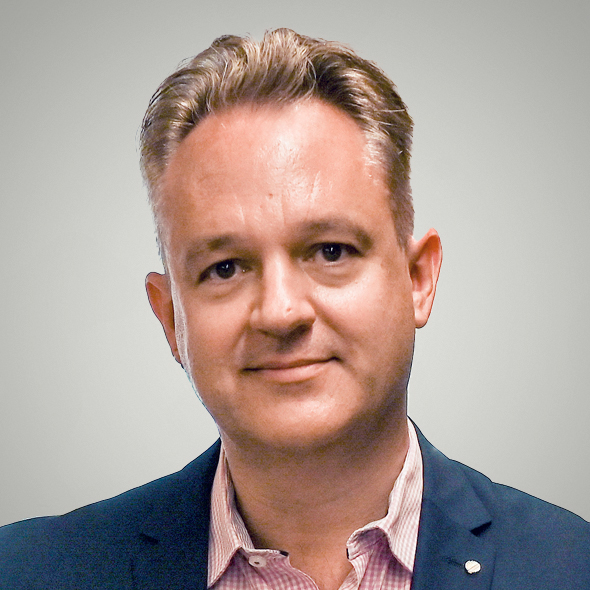The massive and complex structural transformation of the world’s energy system currently finds itself in a challenging place.
When they agreed to adopt the Paris Agreement at COP21 in December 2015, the 196 Parties to the Agreement pledged to keep “the increase in the global average temperature to well below 2°C above pre-industrial levels” and to work “to limit the temperature increase to 1.5°C above pre-industrial levels”. Subsequently, the 2018 Intergovernmental Panel on Climate Change (IPCC) emphasised the importance of reaching global net zero greenhouse gas emissions (NZE) by 2050 to limit warming to 1.5°C. Last year’s IPCC synthesis report reaffirmed that hitting the 1.5°C target would require emissions peaking before 2025, then declining by 43 per cent by 2030, compared to 2019 levels, before reaching NZE by mid-century.
With the energy sector the source of around three-quarters of those emissions, a global energy transition is a precondition for meeting that NZE target. To that end, last year at COP28 in Dubai, countries agreed to triple the world’s installed renewable energy capacity by 2030. The ongoing commitment to a giant structural transformation of the world’s energy system means that the medium-term trajectory for the global economy will be heavily influenced by the shifting prospects for the energy transition. That transition currently finds itself in a challenging place.
First, the good news
Spending on renewable power, grids and storage now exceeds spending on oil, gas and coal. The International Energy Agency (IEA) World Energy Investment 2024 estimates that the planet now invests nearly twice as much in clean energy as it does in fossil fuels. Global energy investment is on track to exceed US$3 trillion for the first time this year, with US$2 trillion of that spending directed to clean energy technologies and infrastructure. Moreover, progress has been fast. In 2015, the ratio of clean power to unabated fossil fuel power investments was roughly 2:1. By this year, the IEA thinks it will reach 10:1.
According to numbers cited recently by The Economist magazine, in 2004 it took the world about a year to install one gigawatt (GW) of solar power. By 2010, it took a month; by 2016, just a week; and by last year, there were individual days when the world added 1GW of capacity. The IEA reckons that in 2023, the power sector’s gross annual investment in solar photovoltaic (PV) technology exceeded its investment in all other technologies combined, including coal, oil, natural gas, wind, hydro and nuclear.
A key driver of this dramatic transformation has been rapid technological change leading to equally rapid falls in costs. For example, according to the International Renewable Energy Agency, the global weighted average levelised cost of electricity (LCOE) — which is the break-even price that is required for a project to recoup its financing — for newly commissioned utility scale solar PV projects plummeted by 88 per cent between 2010– 21. This takes the global weighted average LCOE of new utility-scale solar PV to 11 per cent below the cheapest new fossil fuel-fired power generation option.
Only slightly less impressive were falls of 68 per cent for onshore wind and 60 per cent for offshore wind over the same period. Take a longer- term perspective and the numbers are even more dramatic. The Economist reckons that since the 1960s, the LCOE for solar has fallen by a factor of more than 1000. And it’s not just solar. Separate calculations suggest that the cost of a kilowatt-hour of battery storage has fallen by 99 per cent over the past 30 years, for example.
Those declines reflect the operation of Wright’s Law (US aeronautical engineer TP Wright) which highlights the contribution of “learning by doing” effects to cost reduction. As production volumes increase, more learning by doing leads to falls in the per unit cost of output. That generates a virtuous circle whereby additional production leads to lower costs and therefore falling prices, which then stimulate an increase in demand, allowing for more production, more learning by doing and further cost reductions. Wright’s Law seems to apply to a wide range of industries and, to date at least, solar PV and battery storage have both been major beneficiaries, prompting optimists to predict an historic transformation in the economics of energy.
Now, the not so good news
Despite that extremely positive technology story, the outlook for the energy transition remains far from straightforward. Currently, there are at least four important sets of challenges.
Firstly, impressive as those previously cited IEA numbers are, they are incompatible with that COP28 pledge to triple installed renewable capacity by 2030. Instead, the IEA estimates that under current policies and market conditions, renewables investment over the next seven years would only meet around two-thirds of the necessary spending, with grid investment and battery storage both potentially critical bottlenecks.
Secondly, the macroeconomic environment for the energy transition has become much less benign. The post-pandemic tightening of global monetary policy has lifted interest rates and boosted the cost of capital. That is a particularly challenging development for clean energy technologies, which tend to be capital-intensive, requiring large upfront investments. Simultaneously, the fiscal policy response to COVID-19 has produced soaring public debt and deficits in many economies, squeezing the fiscal space available to provide further direct public funding for the energy transition.
Thirdly, domestic political conditions in several leading advanced economies are also becoming tougher. The energy transition implies losers as well as winners — and some of the former continue to push back. Meanwhile, voters already suffering from a significant cost-of-living squeeze appear to be increasingly prepared to heed sceptical voices warning about the potential downsides of transition-friendly policies.
Finally, there are the complications posed by geo-economic fragmentation, geopolitical competition and the intensified energy security concerns sparked by the current conflicts in Europe and the Middle East. A more fragmented and contested world economy muddies the economics of the transition in several ways, as investors and consumers face a shifting landscape of policy interventions, protectionism and national security-led industrial policies. Granted, some of these initiatives could end up proving helpful, however, others look destined to drive up transition costs, at best.
AICD chief economist Mark Thirlwell GAICD has focused on the international political economy at the Bank of England, JPMorgan, Austrade and Export Finance Australia.
This article first appeared under the headline 'Power Struggle’ in the August 2024 issue of Company Director magazine.
Latest news
Already a member?
Login to view this content



